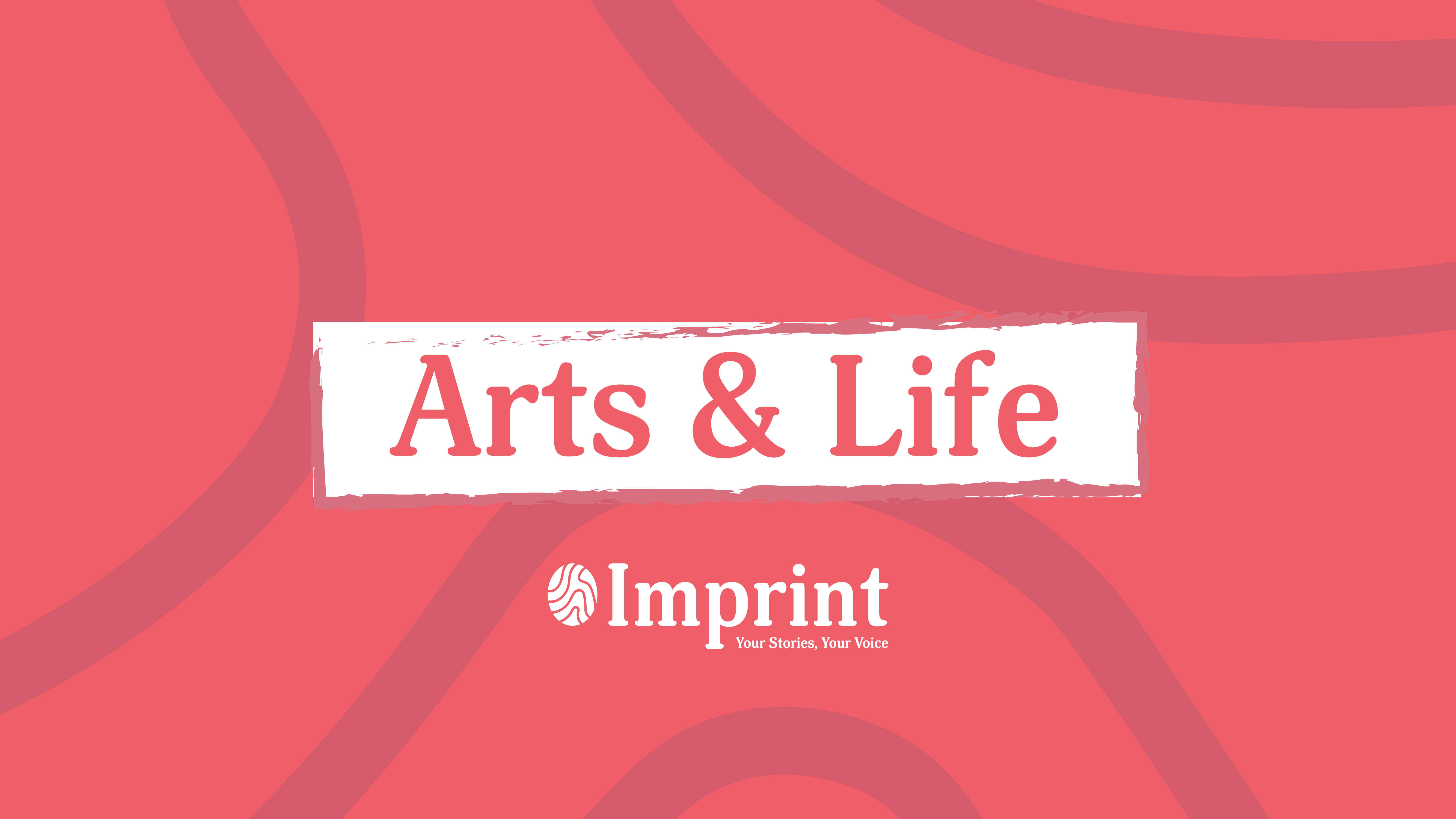In Princess Mononoke (1997), Hayao Miyazaki crafts a masterful narrative focused on the fragile thread that binds humanity to the natural world. Set in Japan’s Muromachi period, the film unfolds like a myth unearthed from the soil—rooted in history, but flowering with implications for the future. It is a tale of progress and consequence, of the forest and the forge, and of what is lost when one overtakes the other.
At its core, the film is about the conflict between Iron Town—stoked by human ambition and led by the formidable Lady Eboshi—and the ancient, sentient spirits of the forest, who fight to protect what remains of their vanishing realm. Among them is San, the wolf-girl raised by beasts, who charges like a blade against the encroaching rust of industry. Caught in the centre of this violent and morally tangled struggle is Ashitaka, a prince from a distant land cursed by a demon born of human hatred and environmental ruin. Seeking a cure, he journeys westward and stumbles into the heart of the conflict between nature and civilization. This would eventually lead him to become a bridge between two worlds—deeply empathetic to both San’s fierce loyalty to the forest and Eboshi’s vision of human progress. He sees the nobility and flaws on both sides.
The forest gods are proud and vengeful, clinging to the last embers of their waning power. Nowhere is this stubborn dignity more tragically embodied than in the boars and their aging king, Okkoto. Midway through the film, they charge into battle with a mix of desperation and pride, unwilling to accept that the world has changed around them. “The boars are a proud race,” we are told—and it is this pride that leads them to ruin. They are outmanoeuvred, butchered, and grotesquely skinned, their hides worn by enemy soldiers as grotesque disguises. Their fall is not just a tactical defeat but a lament—an elegy for extinct species and desecrated wildlands, once-mighty beings reduced to symbols of hubris and loss in a world that no longer has room for them.
The humans, by contrast, are portrayed as just striving to survive in a harsh, unforgiving world. Deforestation, pollution, the silencing of the wild—these are not just fantasy, but echoes of our own world, where the relentless march of development continues to erode the delicate harmony of ecosystems. But like the real world, Miyazaki offers no simple villains. Lady Eboshi is revealed to be more than an agent of ruin. She shelters women once sold into brothels, offers dignity to lepers cast aside by society, and dreams of a future built by hands once broken. Her ironworks, though a scar upon the land, are also a refuge—a paradox familiar to many across the globe, where environmental harm is often the price paid for human survival and economic hope. Poaching, deforestation, and resource extraction are not born of greed alone, but of hunger, desperation, and the pursuit of a better life for many.
The film culminates in the death of the Deer God. By day, it appears as a gentle, towering creature with the face of a deer and the feet of a bird, stepping silently through the forest as flowers bloom and wither in its wake. By night, it transforms into the vast and glowing Night Walker, a towering, translucent giant that spans the sky. The Deer God is not simply a guardian of nature—it is nature itself, the embodiment of life and death in perfect balance. It gives freely and takes without malice, a force that sustains the forest and reminds all creatures of the cycle they belong to.
When Lady Eboshi and her followers sever the Deer God’s head in pursuit of an emperor’s reward, however, the world begins to unravel. Its body, no longer a source of life, spills across the land as a dark, amorphous tide—an unstoppable force that kills everything it touches. This act of violence against the very heart of the natural world symbolizes the catastrophic consequences of trying to dominate what is meant to be respected. It is a haunting metaphor for ecological collapse, for what happens when humanity no longer sees itself as part of the living world but as its master. The death of the Deer God is not just an ending—it is a warning. Without reverence, without balance, even the most divine forces can be undone.
The sorrowful beauty of Miyazaki’s vision is mirrored in the planet’s own narrative. In 2023 alone, the Earth lost over 6.37 million hectares of forest—lungs of the world, felled by the axes of necessity and profit. Global wildlife populations have plunged by more than 70% since the 1970s, their habitats shrinking into silence. In Latin America, that number climbs to a staggering 95%, a near-erasure of life. Animals once proud and iconic are now fading shadows in disappearing landscapes, and they stand as living testaments to our sins. The signs are all around us. Once abundant in North American rivers, the Atlantic salmon is now in sharp decline. The Peary caribou, native to Canada’s Arctic regions, has seen its population plummet by 84% over the past four decades, primarily due to climate change and unsustainable hunting. Sea otter populations, which once numbered in the hundreds of thousands, have dramatically dropped, driven by fur hunting and ongoing environmental threats.
Yet even so, Princess Mononoke does not despair. It offers a vision of coexistence—difficult, imperfect, and deeply necessary. It is a call not to reject progress, but to reshape it. To ask: how do we build without burying what was sacred? How do we live without forgetting what once lived alongside us? In this way, Miyazaki’s masterpiece is not just a film—it is a prayer, a protest, a poem carved in wood and wind. As the planet teeters between catastrophe and renewal, Princess Mononoke reminds us that the future is not yet written and that between the iron and the earth, a fragile peace is still possible—if only we dare to imagine it.






